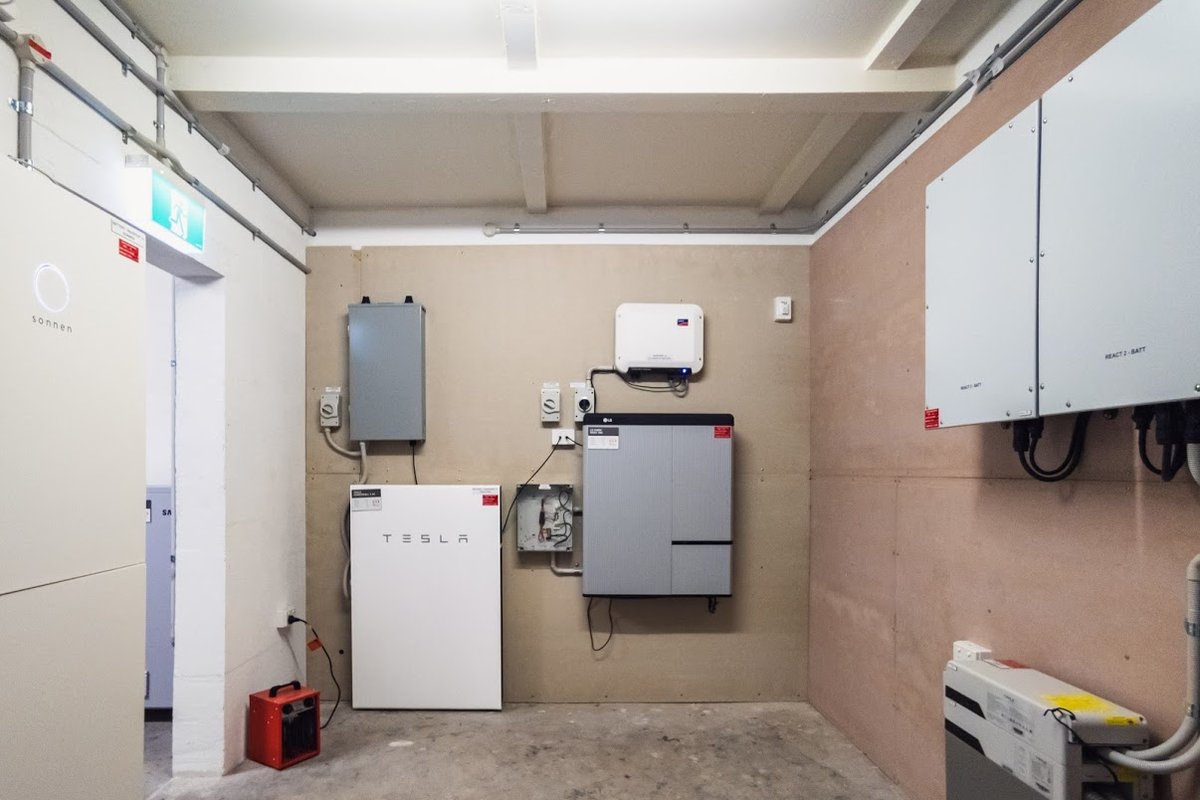Lithium-Ion Battery Trial
Independent, real world performance testing
Supported by a $1,290,000 grant from the Australian Renewable Energy Agency, this project analyses the performance of 26 leading batteries, comparing major lithium-ion battery brands to existing and advanced lead-acid battery technologies, a zinc-bromide flow battery, an aqueous hybrid ion battery, and a sodium nickel chloride battery.

The project commenced in 2016 and is ongoing until 2022. Phase One of the project commenced in 2016 with the integration of eight battery packs into a specialised testing facility at the Canberra Institute of Technology. Phase Two saw this facility expanded to accommodate a further ten battery packs. Phase 3 of testing commenced in 2019 and will assess the performance of an additional eight new residential scale batteries that are deemed to be significant to the Australian market due to their novel technology, local design and assembly, or the strong existing presence of the manufacturer in the industry.
The purpose of the project is to verify claims made by manufacturers about performance, integration, and installation of battery packs, and to disseminate the results to the public. To achieve this ITP is independently testing the performance of each battery side by side in hot daytime and cool overnight temperatures, similar to what they would be expected to face in real-world conditions. Testing takes place in a climate-controlled enclosure at the Canberra Institute of Technology.
As the batteries are cycled they lose the ability to store as much energy as when they were new. The key objective of the three year test is therefore to measure the batteries’ decrease in storage capacity over time and with energy throughput. The project seeks to provide independent performance data so people can make informed investment decisions. The project work includes:
- designing and building a battery test centre at the Sustainable Skills Training Hub at the Canberra Institute of Technology.
- testing the batteries by cycling (charging and discharging) several times per day, albeit within the manufacturers’ specifications, in order to produce informative test results within three years.
- publishing detailed comparative analysis of the test results every six months describing the technical performance and cost-effectiveness of each battery type/brand.
Previous reports can be found here.
More projects in Storage